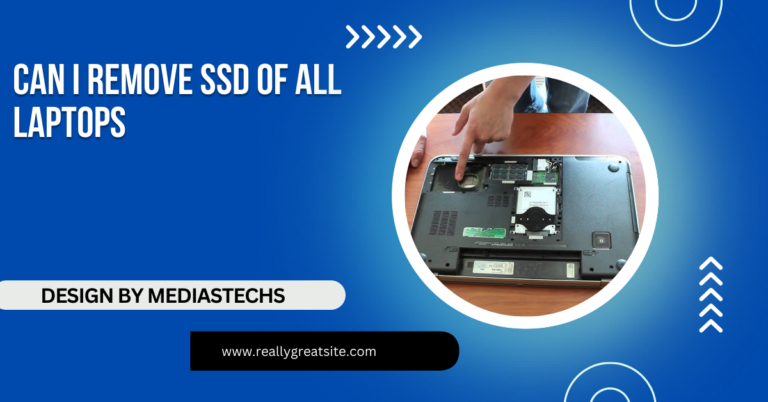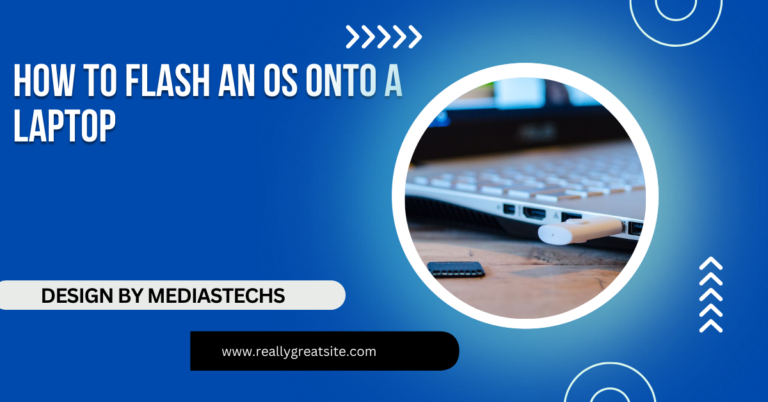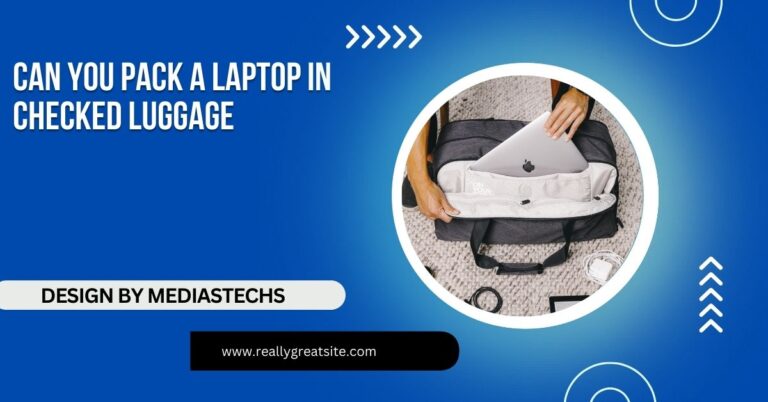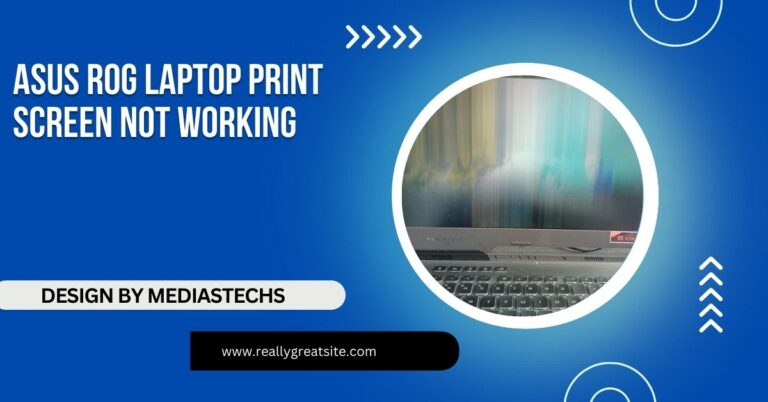Do High Schools Give You Laptops – A Complete Guide!
Many high schools provide laptops to students through one-to-one programs and loaner systems. Discover the benefits and funding behind these initiatives.
This article explores how high schools provide laptops to students through one-to-one programs and loaner systems. We discuss the benefits of these initiatives and their funding sources. Additionally, we highlight student and parent responsibilities regarding laptop use and care.
Why Schools Are Moving Toward Laptops:

Many high schools are embracing laptops to enhance learning and ensure that students have access to the necessary tools for academic success. Here are some key reasons why schools are making the shift:
- Digital Learning and Online Resources:
Many textbooks are now available in digital formats, making laptops a convenient way for students to access educational materials. Schools are also using online platforms for homework assignments, exams, and interactive lessons, making laptops essential for daily schoolwork.
- Equitable Access to Technology:
A major concern for educators is the digital divide. Not all students have access to computers or the internet at home. Providing laptops to students ensures that everyone has the same opportunity to succeed, regardless of their socioeconomic background.
- 21st-Century Skills Development:
Laptops offer students the chance to develop critical skills like research, typing, and online collaboration. These are essential for college and career readiness in today’s world. Schools are increasingly recognizing the importance of preparing students for a technology-driven workforce.
Types of Laptop Programs in High Schools:
There are several ways high schools can provide laptops to students. The type of program offered may depend on the school’s resources, budget, and educational goals. Let’s take a look at the most common types:
- One-to-One Laptop Programs:
In a one-to-one laptop program, each student receives a laptop to use for the school year. Some schools allow students to take the laptops home, while others require the devices to stay at school. This model ensures that every student has access to the same resources for their learning.
- Loaner Programs:
Not all schools can afford to provide laptops to every student. In these cases, they may have a loaner program where students can borrow laptops for specific classes or projects. This option is common in schools with limited budgets but still aims to provide students with access to technology when needed.
- BYOD (Bring Your Own Device) Policies:
Some high schools encourage students to bring their own laptops or tablets to school if they have them. While this can be cost-effective for schools, it may not address the needs of students who do not have personal devices. In some cases, schools may offer a combination of BYOD and loaner programs to ensure inclusivity.
- Tech Integration for Remote Learning:
With the rise of online and hybrid learning models due to events like the COVID-19 pandemic, many schools have prioritized giving students laptops to facilitate remote learning. In these situations, schools often provide laptops to students specifically for use in virtual classrooms.
How Do Schools Pay for Laptops?
The cost of providing laptops to hundreds or thousands of students can be substantial. Here are some common ways that schools finance these programs:
- Government Funding:
Many schools receive federal and state funding to support technology initiatives. Programs like the E-Rate program in the U.S. help schools afford internet connectivity and devices for students.
- Grants:
Schools may apply for grants from government agencies, private foundations, or corporations to fund laptop programs. These grants can help offset the cost of purchasing laptops or maintaining existing devices.
- Parent Contributions:
In some school districts, parents may be asked to contribute to the cost of their child’s laptop. This could be in the form of a one-time payment or a rental fee. Schools may offer financial aid for families who cannot afford these fees.
- Donations and Partnerships:
Schools sometimes partner with tech companies or non-profits that donate laptops or provide them at a reduced cost. For example, companies like Google or Microsoft have programs aimed at improving technology access in schools.
Read More : http://Why Doesn’t My Mac Laptop Sleep Properly 0 Percent Battery – Issues at 0 Percent Battery Explained!
Pros and Cons of High School Laptop Programs:
While providing laptops to students has numerous benefits, there are also some potential challenges. Here’s a breakdown of the pros and cons:
Pros:
- Enhanced Learning: Laptops allow for interactive lessons, access to a wealth of online resources, and personalized learning experiences.
- Equity: Providing laptops ensures that all students have equal access to digital tools, reducing the technology gap.
- Preparation for the Future: Students gain valuable skills, such as digital literacy, that are crucial for college and careers.
Cons:
- Cost: Laptops can be expensive, both to purchase and maintain. Schools with limited budgets may struggle to implement these programs.
- Technical Issues: Laptops can break, malfunction, or become outdated, requiring constant upkeep and technical support.
- Distraction: Students may be tempted to use laptops for non-educational purposes during class, such as browsing social media or playing games.
What to Expect if Your High School Provides Laptops:
If your school offers a laptop program, there are a few things you should be prepared for as a student or parent:
- Care and Responsibility:
Students are usually responsible for taking care of their laptops, which means avoiding damage and ensuring they bring them to school fully charged. Schools often have policies in place for lost or damaged laptops, which may include repair fees.
- Digital Literacy Training:
Some schools provide training on how to use the laptops effectively, including lessons on digital literacy, internet safety, and ethical use of online resources.
- Security Measures:
Schools often install software on the laptops to monitor usage and block inappropriate websites. Students should be aware of these security measures and understand the importance of using their devices responsibly.
- Parent Involvement:
Parents may need to be involved in managing the laptop, especially for younger students. This could include supervising their use at home, ensuring the device is charged, and helping troubleshoot technical problems.
FAQ’s
- Do all high schools provide laptops?
No, laptop availability varies by school district, budget, and educational programs.
- What is a one-to-one laptop program?
It is a program where each student is given a laptop for their personal use, often including the option to take it home.
- How do schools fund laptop programs?
Schools may use government funding, grants, parent contributions, or partnerships with tech companies to finance laptop initiatives.
- What happens if a laptop is damaged?
Students are typically responsible for their laptops, and schools may have policies regarding repair costs for lost or damaged devices.
- Can students use laptops for non-school purposes?
While students may be tempted to use laptops for personal activities, schools usually have security measures in place to limit non-educational use.
conclusion:
So, do high schools give you laptops? It depends on the school, district, and region, but the trend is certainly growing. With the increasing importance of technology in education, more schools are finding ways to provide students with laptops to support their learning. Whether through government funding, grants, or partnerships, high schools are striving to equip students with the tools they need for success in the digital world.






